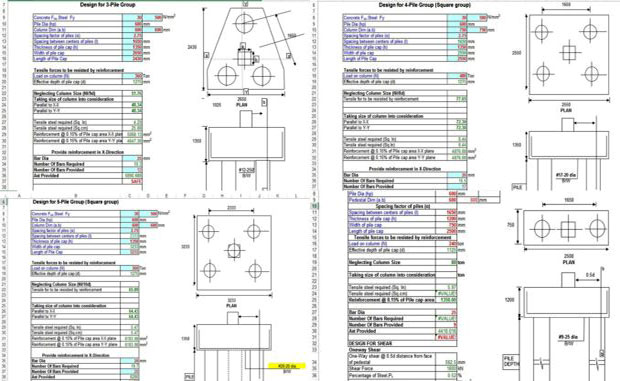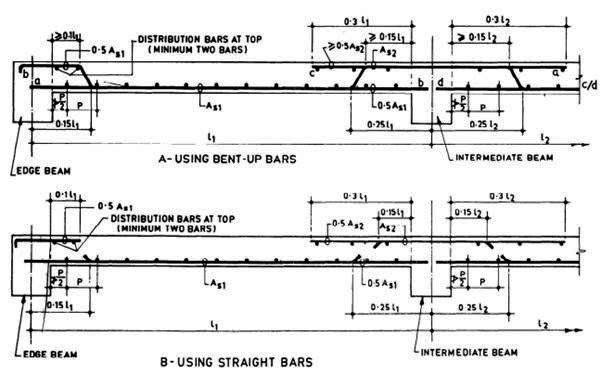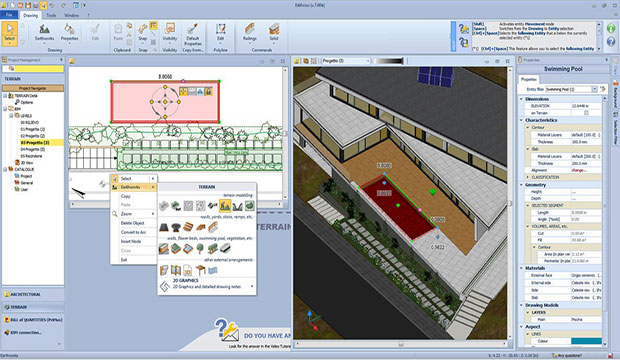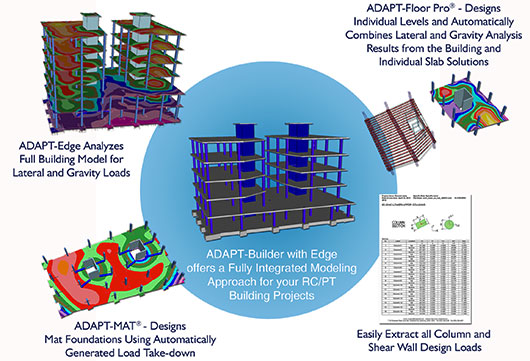RCC beams structural elements are formed to bear transverse external loads that produce bending moment, shear forces and in some cases torsion over their length. Concrete performs well in compression but feeble in tension. The role of Steel reinforcement is to combat tensile stresses in reinforced concrete beams.
Now-a-days deformed and twisted bars are extensively used in RCC work. Deformed or High yield strength deformed bars (HYSD) contains ribs on the surface. It improves the stability of bond by minimum 40% with regards to that of mild steel bar.
Fine detailing of reinforcements with exact drawings is necessary at the job site to optimize the construction procedure. Usually, there is a bar bending schedule contained with these drawing. The bar bending schedule defines the length and number, position and the shape of the bar.
The detailing of beams generally involves the followings :
i) Size and number (or spacing) of bars,
ii) Lap and curtailment (or bending) of bars,
iii) Development length of bars,
iv) Clear cover to the reinforcement and
v) Spacer and chair bars
Anchorage in steel bars is demonstrated with bends and hooks. Hooks do not include Twisted steel bars or deformed steel bars. The anchorage value of bend of bar is captured as 4 times the diameter of bar for each 450 bend that depends on maximum of 16 times the diameter of bar. To expand the length of bars, bars are lapped over one another. Lowest lap length is identical to development length. Development length for bars in various concrete mix is provided in tables 4.2 to 4.4 of SP34.
The value of K given above is subjected to type of steel applied that is provided below :-
The beams are categorized as:
- Based on shape: Rectangular, T, L, Circular etc.
- Based on supporting conditions: Simply supported, fixed, continuous and cantilever beams
- Based on reinforcement: Singly reinforced and doubly reinforced
Depth of the beam is obtained on the basis of flexural strength and satisfying the deflection criteria. Usually the ratio of span to depth ratio is retained as 10 to 15 and the depth to width ratio of rectangular is maintained in the range of 1.5 to 2.
Lowest cover in beams should be 25 mm or not below the larger diameter of bar for all steel reinforcement together with links. Minimal cover provided in Table 16 and 16A of IS456-2000 should be applied to meet the stability criteria.
~~~~~~~~~~~~~~~~~~~~~
Published By
Rajib Dey
~~~~~~~~~~~~~~~~~~~~~





